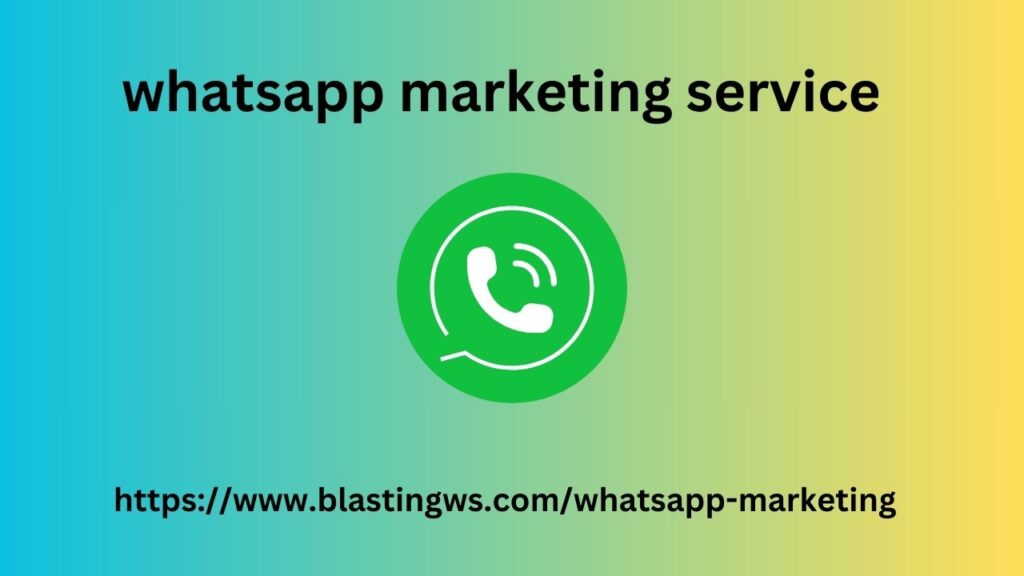Interdepartmental conflict is common in the workplace for a variety of reasons. But some departments take it a step further, almost to the point of competition. You probably know about sales vs. marketing. But this article focuses on another important pair of rivals: sales vs. customer service.
The competition between sales and customer service teams stems from the interconnected yet disconnected nature of their roles. These two groups work whatsapp marketing service most with customers. Sales teams acquire customers, and customer service teams provide support, ensuring customer satisfaction and retention.
When the two teams don’t collaborate the way they should, they create departmental and data silos that harm both the customer and the organization.
For example, the sales team converts customers without customer service input, resulting in the conversion of unqualified customers. These customers will eventually become disappointed, and the customer service team must address this issue.
To avoid this, the two departments should work together throughout the customer development process to ensure customer retention, which is the goal of every business. If you want your organization to have a collaborative sales and customer service team, read on for four surefire ways to make it happen:
1. Organize cross-team training courses
Cross-training courses teach employees how to perform the duties of other employees in other departments. Therefore, by organizing training courses, yourSales and Customer ServiceRepresentatives gain skills that help them work more collaboratively. It also reduces reliance on a single team to perform specific duties.
For example, when your customer service agents have the same knowledge and soft skills as your sales team, they can answer customer questions directly.Live ChatOr emails without a sales rep. They can even use customer questions to determine if the customer is a good lead that can be passed on to the sales team.
Adopting a culture of cross-training will also help to keep both teams engaged with the challenges they each face. As a result, both teams gain a greater understanding of each other’s roles and realize how their decisions impact each other’s work. This also opens up internal communication channels, allowing the two to discuss how they can collaborate to better perform their duties.
The best thing about cross-training is that you don’t have to spend a lot of money to do it for your team, especially ifEntrepreneurshipYou can create a great internal cross-training program by following the process shown below and customize it to fit your team.
You need a strong team leader or sales and customer service manager. However, if you find that your program is underperforming after a while, you can outsource sales and customer support experts.
2. Identify cross-selling and up-selling opportunities
Another way sales and customer service teams can collaborate is to identify cross-selling and up-selling opportunities. Cross-selling techniques encourage online marketing predictions for 2016 customers to buy products that complement the ones they are already using, such as phone cases and covers.
This iHerb image is a great example of cross-selling. Although the customer is looking for organic wheatgrass powder, iHerb suggests spirulina and root powder as complementary products.
Upselling encourages customers to upgrade their current product.Product RecommendationsUpgrading from a basic to a premium plan can be encouraged, as shown in the example of Spotify.
These marketing strategies are perfect for all online businesses. Yes, including SaaS companies, so feel free to include them in your SaaS marketing plan. But there’s a catch! They only work well if they’re given at the right time and at the right time. So you have to make sure your testimonials look more helpful than promotional.
Your customer service reps can help sales reps identify these opportunities quickly. This is easier for them because they talk to customers more frequently than the sales team. The customer service team can easily identify key moments in the customer journey or lifecycle that indicate they are ready to spend more and will respond proactively.
By working collaboratively and suggesting these upsell and cross-sell opportunities to customers, the team can extend the customer’s lifecycle within the organization. Such positive results are a win for the team and also promote the team’s progress.Team productivityand inspire more collaboration.
3. Exchange customer interaction data
Departmental silos limit the data collected by teams to specific isolated tools. This is very dangerous for sales and customer service teams because they work with the same customers. Not sharing customer interaction data means teams are on different pages, which leads to ill-informed decisions and customer misinformation.
Sales teams should be able to see ongoing interactions with customer service teams to identify qualified leads and potential repeat customers. But because most customer interaction data is stored in customer service tools and systems, they may be converting unqualified leads and ultimately frustrating customers.
This data transparency also makes it easy to resolve customer inquiries and conflicts. It’s also fast because any team can access customer history without asking the customer to repeat details. Hubspot research shows33% of customersThe most frustrating thing is having powder data to repeat myself to multiple support representatives.
Another way to break down siloed data walls is to implement a customer relationship management (CRM) system. CRM tracks and securely stores customer data and experiences from different platforms, as most platforms haveOmnichannel supportMost also have the benefit of data analytics, making it easy for any team to use the data.
A good example of such a system is Zendesk Sell, which logs all customer interactions, as shown below.
You also need to encourage departmental communication so data can be exchanged on customer interactions. To ensure efficiency, communication tools such as Slack can be used. Communication platforms enable cross-team reporting to provide a clear track of goals and direction. This builds more trust between teams.
By encouraging the exchange of customer interaction data and open communication channels, you can also allow for moreEfficient collaboration between teams. Each team member learns to work with a specific customer service associate to provide excellent customer service.
For example, suppose customer service representative A knows that sales representative B is responsible for high-budget customers. If customer service representative A has a customer complaint with a higher budget, the customer support representative can consult them directly and resolve the customer issue effectively.

